Across the entire history of Dragon Ball video games, based on the hit manga series by the late Akira Toriyama, some of the most celebrated are the Dragon Ball Z: Budokai and Budokai Tenkaichi games. Here are all the games in both Dragon Ball series ranked.
Every Dragon Ball Budokai & Budokai Game, Ranked From Worst to Best
9. Dragon Ball Z: Budokai

The game that started it all, 2002’s Dragon Ball Z: Budokai was released for the PlayStation 2 and GameCube. The fighting game adapts the start of Dragon Ball Z through Gohan’s climactic battle with Perfect Cell, encompassing the first two-thirds of DBZ. Beyond story mode, there are three alternate continuity battles, a two-player local multiplayer mode, tournament mode, training mode, and a series of fights for the series’ joke character Hercule.
While the original Budokai is leaps and bounds better than many of the Dragon Ball fighting games that came before, including the notorious Dragon Ball Z: Ultimate Battle 22 and Dragon Ball GT: Final Bout, it is still very rough around the edges. The character models are clumsily rendered, though they are improved for the GameCube version, while the fighting mechanics themselves leave a lot to be desired. While a solid foundation was laid, the original Budokai has aged the poorest of the series by a considerable margin.
8. Dragon Ball Z: Budokai 2

The first Budokai game to adapt all of DBZ, Dragon Ball Z: Budokai 2 debuted in 2003 for the PS2 and GameCube. Significantly expanding the roster of playable characters, Budokai 2 also marked the first game in the series, across all of its releases, to use a cel-shaded animation style, greatly improving its visual presentation. Rather than proceeding with a conventional story mode, Budokai 2 has the story of DBZ unfold over a board game-like layout, where players confront enemies on the board, leading to the fights.
The visual upgrade and addition of eight playable characters to Budokai 2 alone places it above its predecessor, though Budokai 2 still feels under-appreciated within the series. The story mode replacement is arguably the worst aspect of the game and would quickly be abandoned in subsequent installments of the series. With Budokai 2, the series developer Dimps was visibly finding its way, but it hadn’t quite refined what the fighting game series would become.
7. Dragon Ball Z: Shin Budokai

After the success of the Budokai games on home consoles, the franchise moved to the PlayStation Portable with 2006’s Dragon Ball Z: Shin Budokai. With a story mode inspired by the anime movie Dragon Ball Z: Fusion Reborn, the game features an 18-fighter roster and a variety of game modes while retaining the basic Budokai fighting mechanics. Shin Budokai even allows for competitive multiplayer via wifi in addition to sharing their in-game profile information.
In translating the Budokai gameplay experience to the PSP, Shin Budokai is successful for the most part though some of the more immersive features in later Budokai entries are handled awkwardly. Players used to the more extensive rosters may be surprised how pared back the Shin Budokai roster, with some of the franchise mainstays noticeably missing from the game. With Shin Budokai, Dimps was rebuilding the Budokai experience as it brought it to handheld consoles, and for the most part, it succeeded.
6. Dragon Ball Z: Budokai Tenkaichi

After the Budokai series, publisher Bandai Namco Entertainment shifted its Dragon Ball home console games to the developer studio Spike. The first Dragon Ball game developed by Spike was 2005’s Dragon Ball Z: Budokai Tenkaichi for the PS2, kicking off a new direction for the franchise. Rather than presented as a conventional 3D fighting game like the Budokai series, Tenkaichi is an over-the-shoulder 3D fighter that lets players battle across large environments.
While impressive in its scope and ambition to mix things up, it’s evident that Spike is still working out the finer gameplay points with the inaugural installment of the Budokai Tenkaichi series. A lot of the mechanics present in later Tenkaichi games are introduced here but without the level of polish they would receive in the sequels. A strong start to the series, the original Tenkaichi has some rough edges but plenty of promise.
5. Dragon Ball Z: Tenkaichi Tag Team

At first glance, translating the Tenkaichi gameplay experience to a handheld console is a lot more ambitiously daunting than doing so with the Budokai games. Fortunately, 2010’s Dragon Ball Z: Tenkaichi Tag Team proved to be more than up to the task, bringing the full 3D fighter gameplay to the PSP. While the playable roster was pared down compared to later Tenkaichi games, the core mechanics and overall aesthetics translate to the handheld presentation well.
Those used to the polish and scope of Tenkaichi 2 and 3 may not be as impressed by Tenkaichi Tag Team, though the billed tag team combat does add a nice touch. One of the more noticeable changes is that Tenkaichi Tag Team is the only game in the series utilizing the Dragon Ball Z Kai voice cast rather than the classic Funimation cast that reprised their roles for the preceding games. Retaining much of the speed and cinematic presentation for the ultimate moves and hard-hitting combos, Tenkaichi Tag Team is the last triumphant gasp of the classic Tenkaichi series.
Related: Dragon Ball Daima Finally Gets Official Release Date
4. Dragon Ball Z: Budokai Tenkaichi 2

Boasting a bigger roster than its predecessor and smoother gameplay, Spike noticeably improved upon the original Budokai Tenkaichi with 2006’s Dragon Ball Z: Budokai Tenkaichi 2. The first Tenkaichi game released for the Wii in addition to the PS2, Tenkaichi 2 features all classic characters from the shows while bringing in a plethora of Dragon Ball anime movie characters, too. The Wii version of the game came with its own set of exclusive characters in addition to featuring motion controls to take advantage of the Wii console hardware.
Tenkaichi 2 picks up the speed and depth of gameplay from its predecessor, delivering a sizable jump forward for the fighting game series. The motion controls are very much a product of their time, but the control scheme is relatively simple, while the gameplay variety and strategy are surprisingly extensive. Across both platforms combined, Tenkaichi 2 would go on to become Bandai Namco’s best-selling game in 2006, bringing Dragon Ball to new heights.
3. Dragon Ball Z: Shin Budokai – Another Road

The best handheld Budokai game, 2007’s Dragon Ball Z: Shin Budokai – Another Road is a significant improvement over the original Shin Budokai. Like its predecessor, Another Road features an original story, revolving around Majin Buu being released in Future Trunks’ alternate timeline. This prompts him to reach out for help from the prime Dragon Ball timeline, with other familiar foes resurfacing to complicate matters further.
Another Road is the Budokai experience fully realized for the PSP, with its new story providing plenty of fan service and a deeper bench of playable characters to choose from. The gameplay is refined considerably from the first Shin Budokai and plenty of quality-of-life changes to make Another Road an all-around improvement. With the faster and more dynamic gameplay, Another Road is a strong contender for the all-time best handheld Dragon Ball game.
2. Dragon Ball Z: Budokai Tenkaichi 3

The ultimate realization of the Tenkaichi series, 2007’s Dragon Ball Z: Budokai Tenkaichi 3 for the PS2 and Wii is one of the best Dragon Ball games around. Improving upon the foundation set by its predecessors, Tenkaichi 3 ramps up to include a playable roster of 98 characters, with a total of 161 transformations. At the time, this was the biggest roster for any fighting game and speaks to the increased scope and ambition of the series in its third installment.
In addition to refined gameplay and other quality-of-life changes, there are a number of major additions to Tenkaichi 3 that propel it far above its predecessors. From the ability to record replays, adding online multiplayer, and bonus features for those who interface the game with discs from previous games, Tenkaichi 3 is an all-around masterwork. It will be interesting to see how Dragon Ball: Sparking! Zero compares in providing a Tenkaichi experience for modern audiences.
1. Dragon Ball Z: Budokai 3

The final home console Budokai release, 2004’s Dragon Ball Z: Budokai 3 is virtually unrecognizable from the first entry in the series, which is meant as a compliment. The series had evolved so much from the relatively bare-bones 2002 entry, with the 3D fighter optimizing gameplay and presentation in addition to increasing the roster size. With its third entry, the developers finally find the perfect way to deliver a unique and engaging way for players to experience the classic Dragon Ball story, by having them navigate an open world, reach key story beats, find surprise challengers, and recover the Dragon Balls.
There is so much to do in Budokai 3, from its Dragon World story mode to its World Tournament mode and Dragon Arena that fans can sink countless hours into the game and still find new things to unlock. The gameplay is clean, and mechanics like Dragon Rush, Ultimate Attacks, and its fast-paced fights make players feel like they’re creating their own battles from the classic anime. An absolute joy that’s easy to pick up and play but difficult to fully master, Budokai 3 is a strong contender for the best Dragon Ball game of all time.
And that’s every Dragon Ball Budokai and Budokai Tenkaichi game, ranked from worst to best.

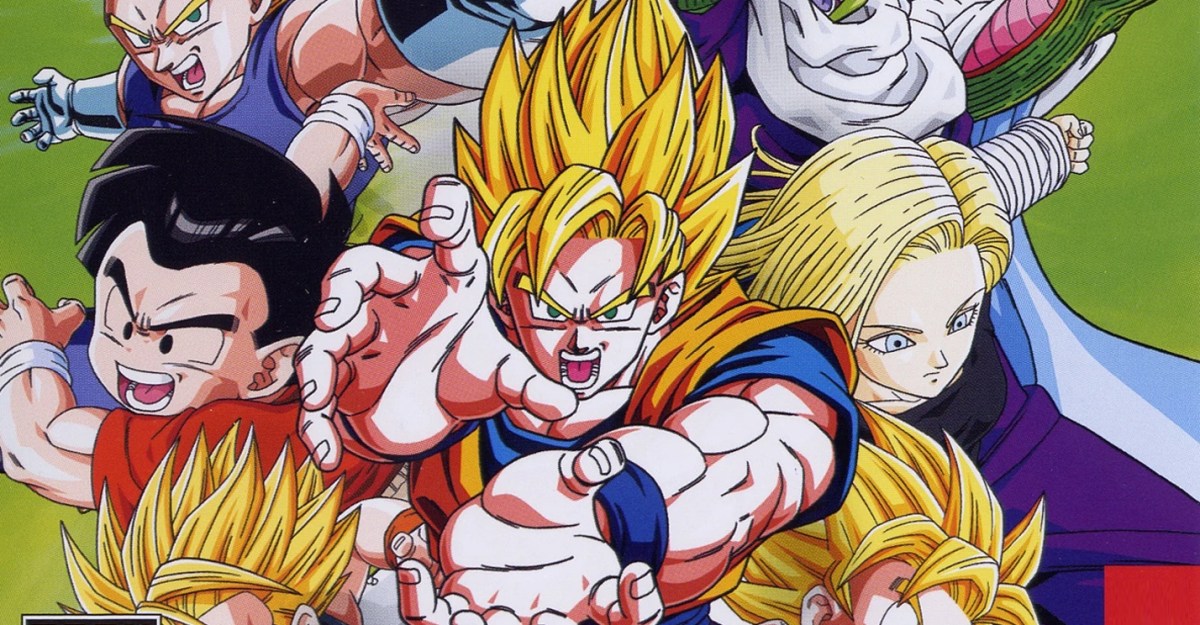
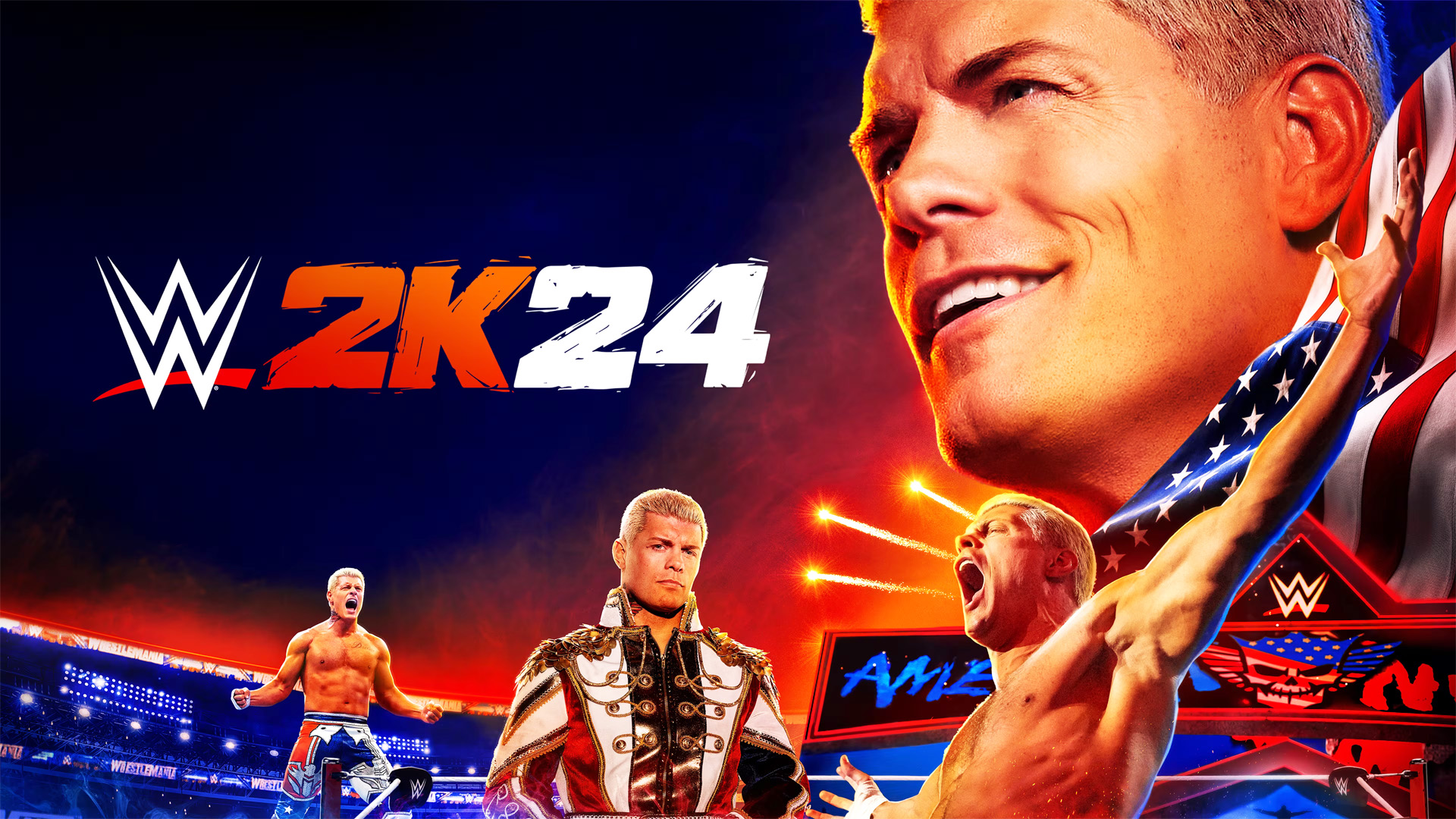
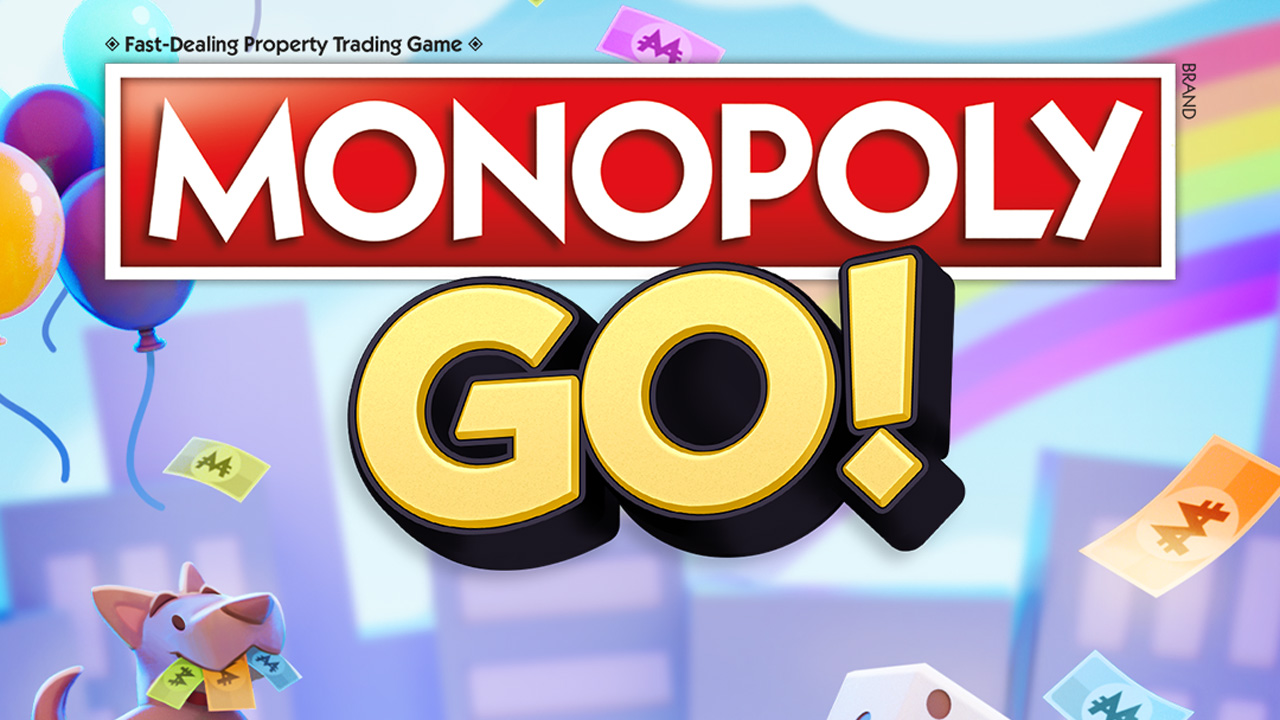
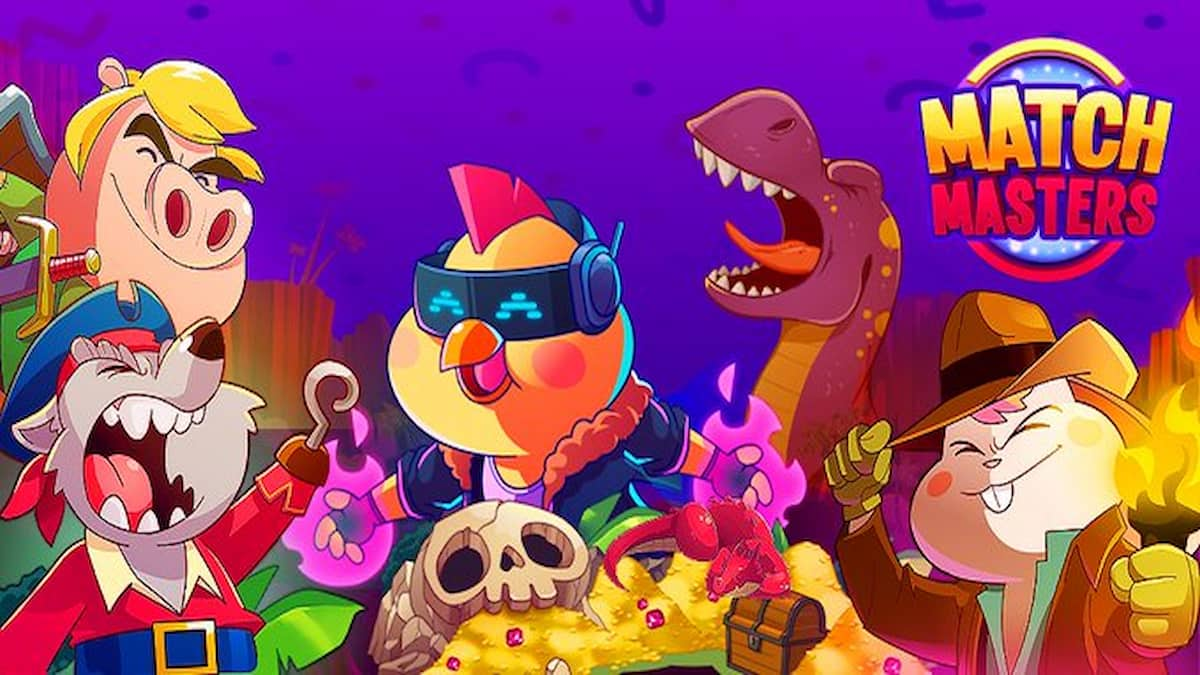
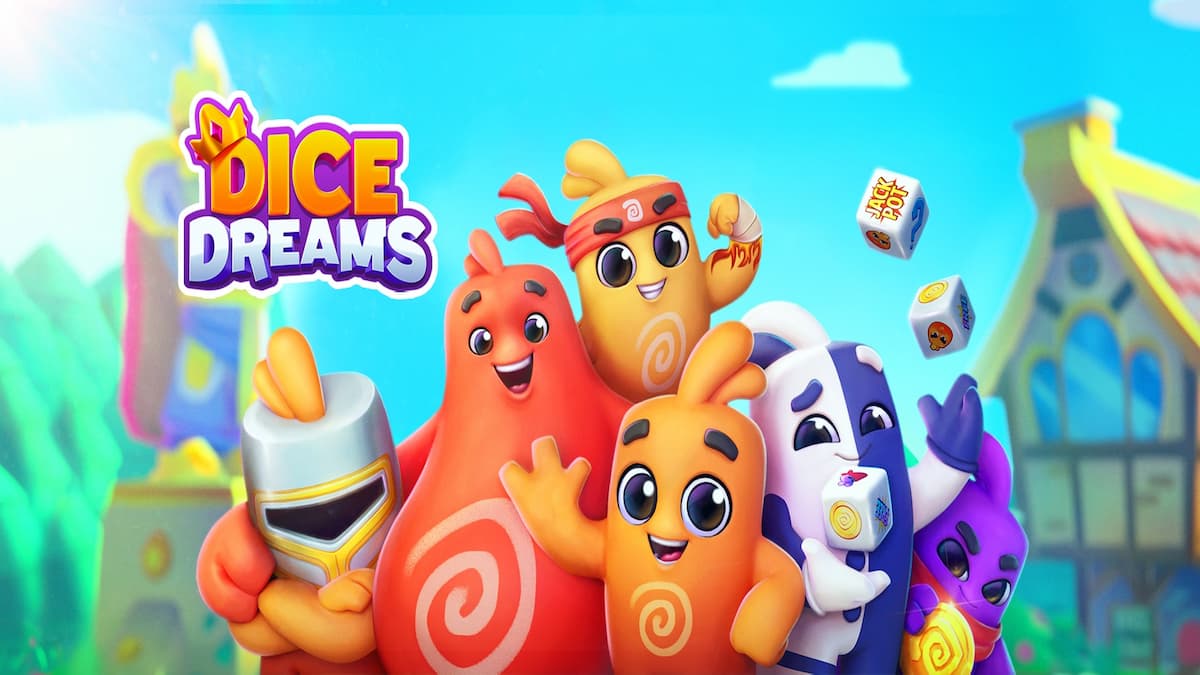
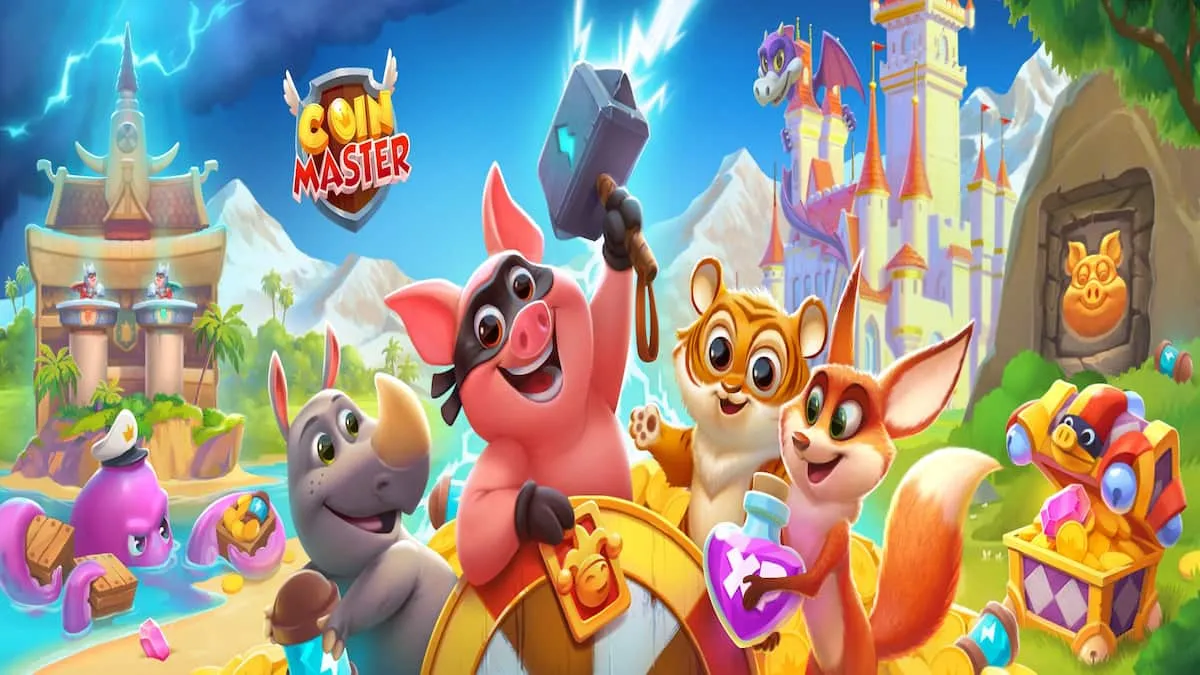
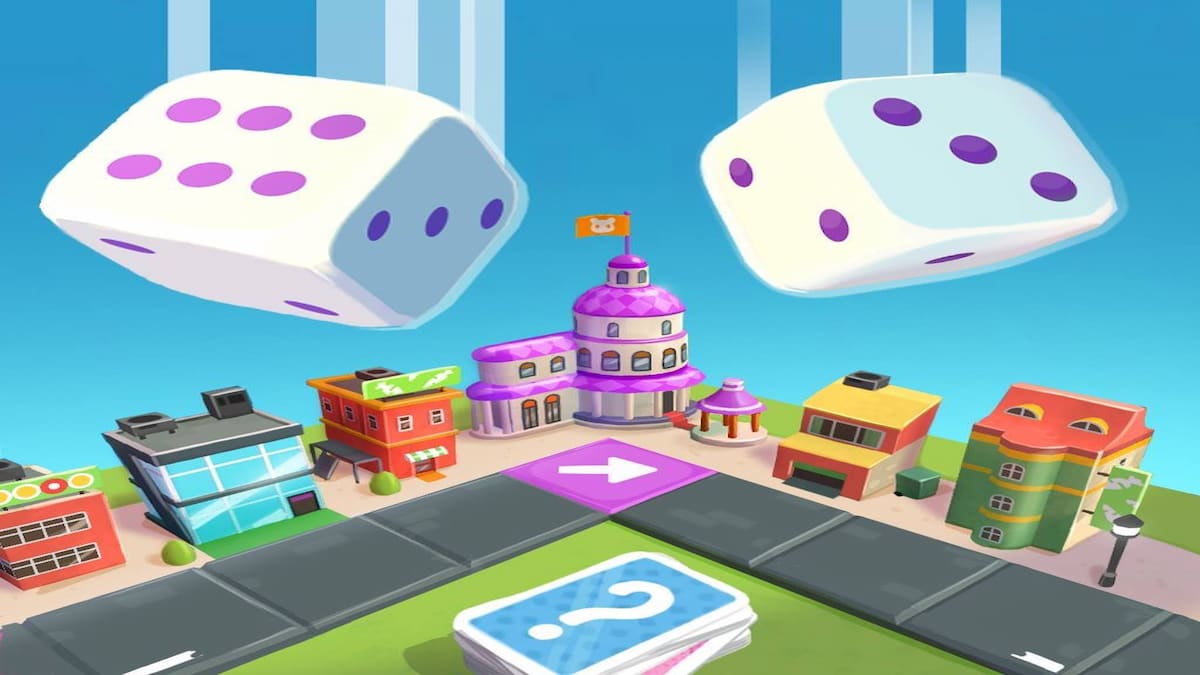
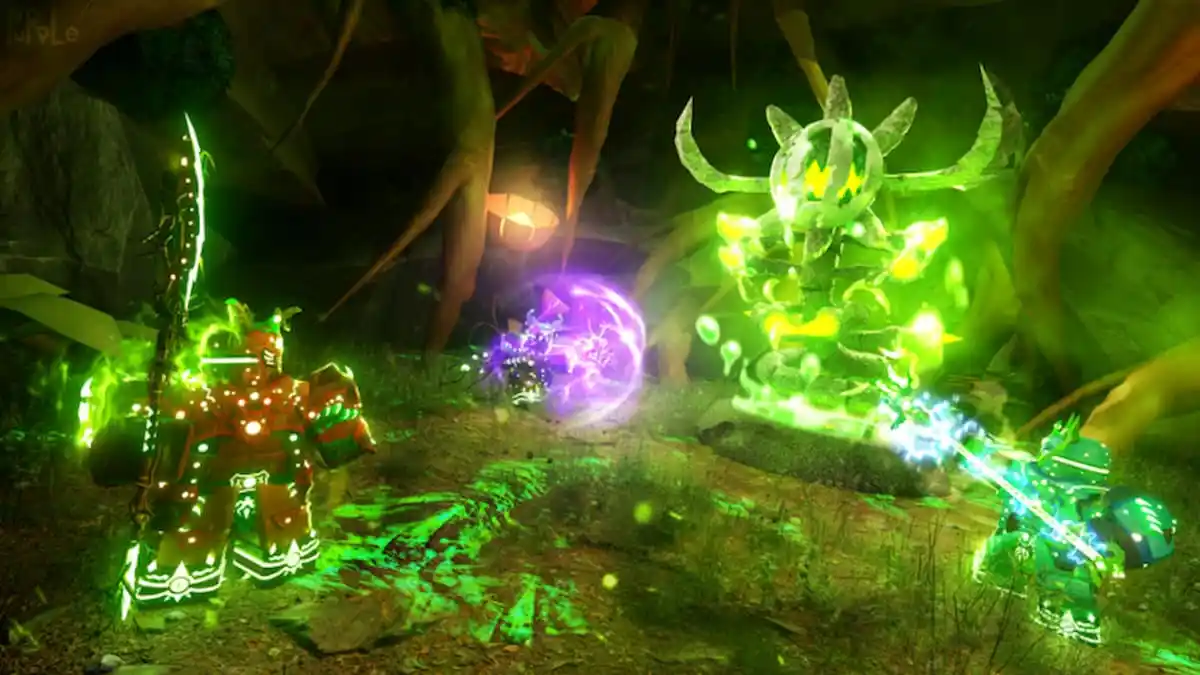
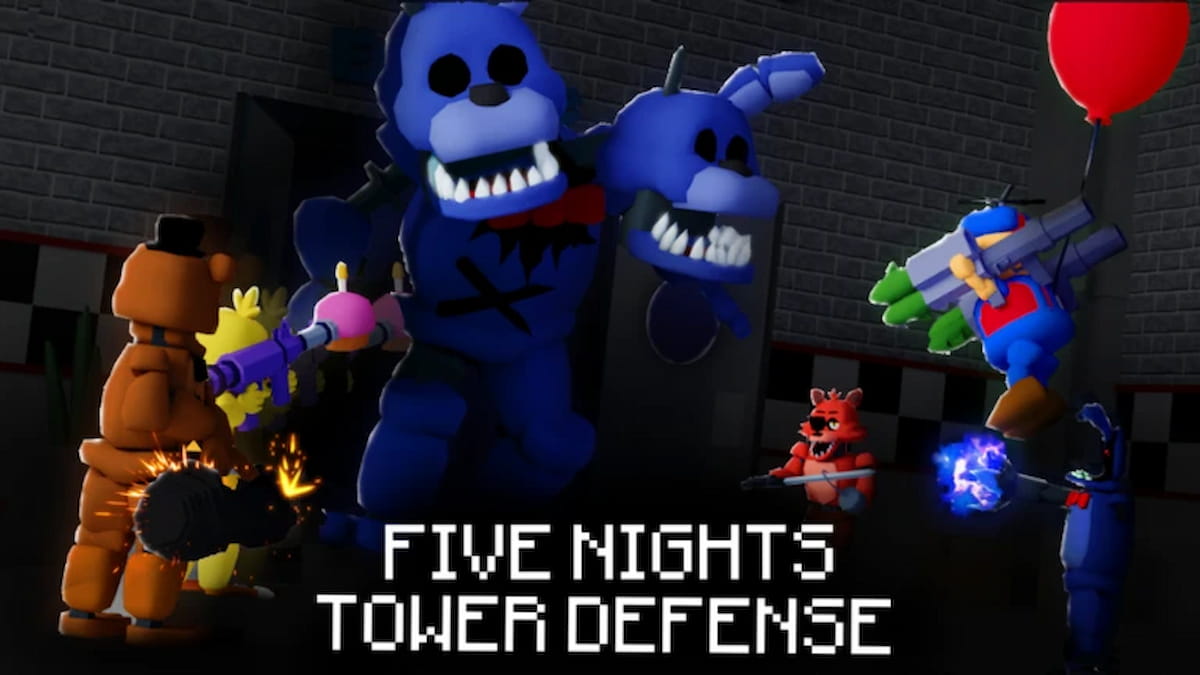


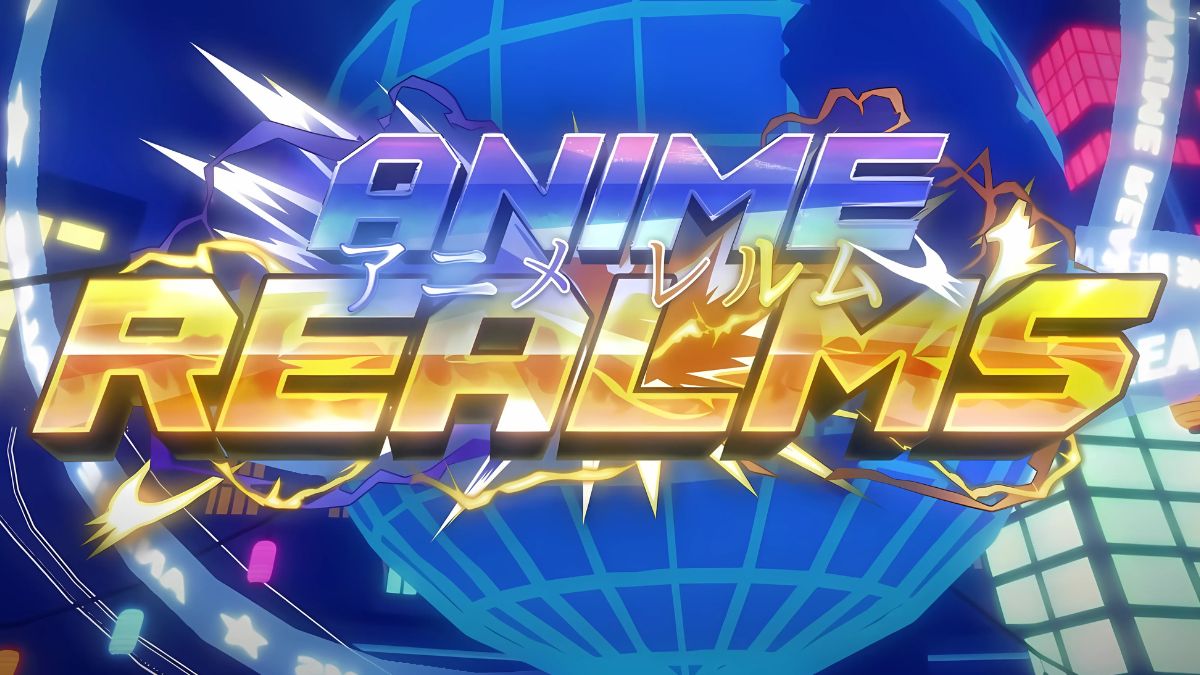

Published: Sep 3, 2024 11:25 AM UTC